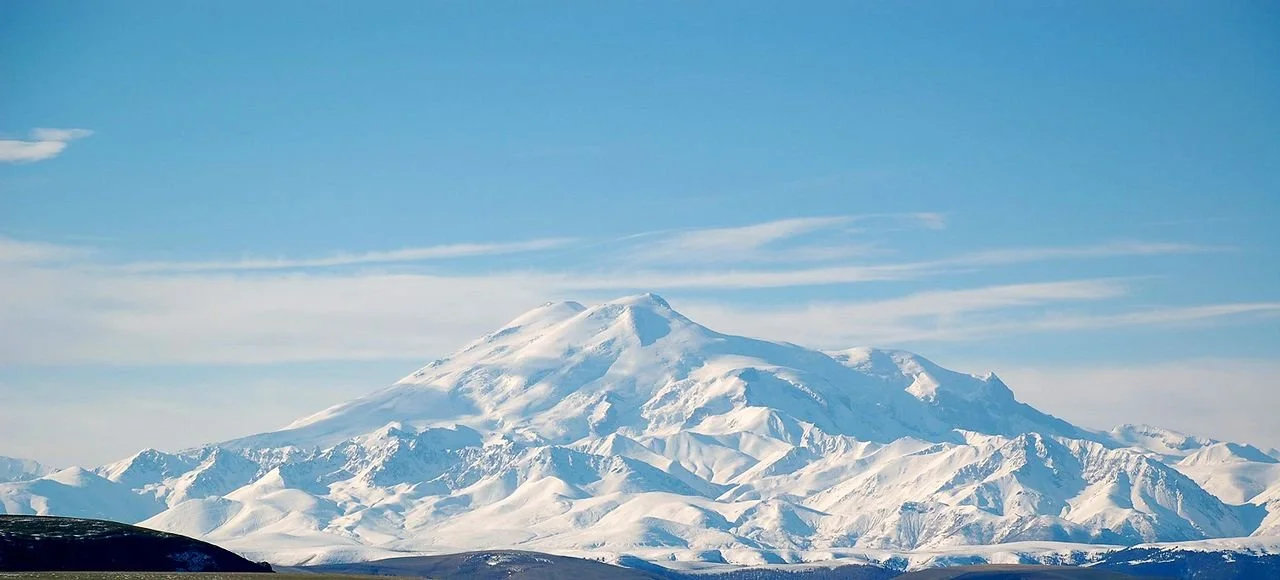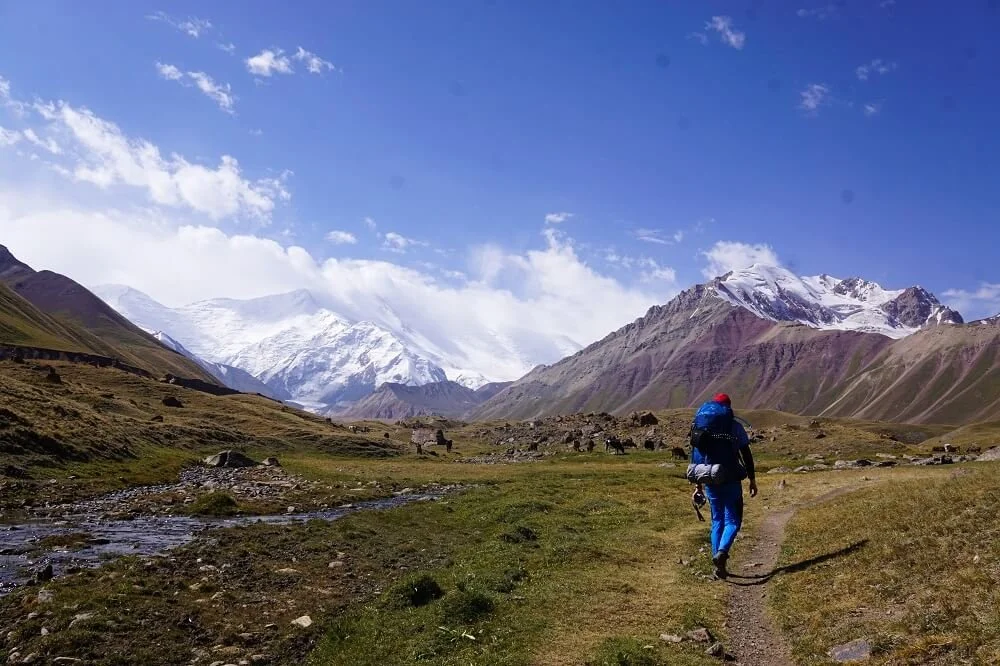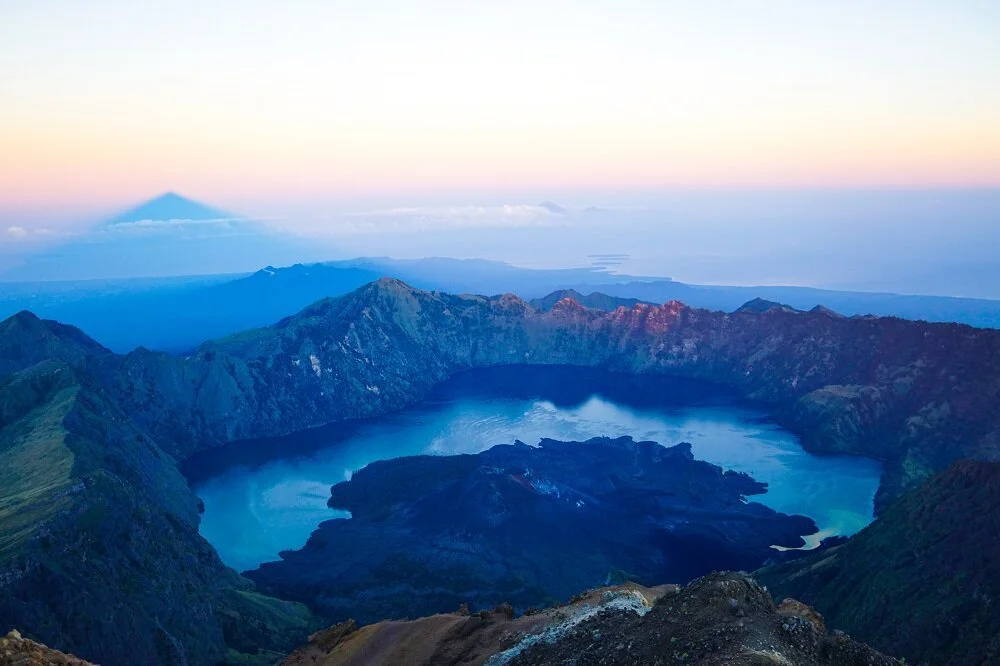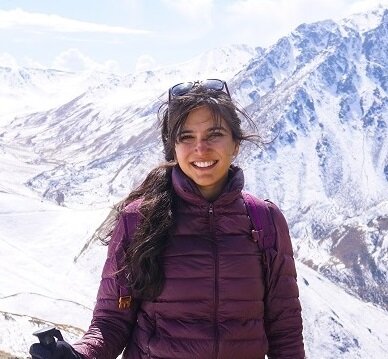10 Best Doable Mountains To Climb In The World
/They say the mountains have a way of teaching you what matters the most. We love the idea of suffering deprivations beyond imagination, how we confront nature head-on in the most furious and inhospitable conditions.
And to think if we survived, what are we forced to do to what could have been once unthinkable.
For some people who dislike bureaucracy, the dullness of corporate drudgery and loves to explore what the mountains can offer and be as close as nature, the best mountains in the world are a great place to start to get some inspiration running.
There are hard days spent conquering tough terrain but there are also nights beneath the stars, entranced by the fireflies and sometimes encountering a world entirely new to us.
There’s more to the Mount Everests and Kilimanjaro of the world, here are some of the best mountains to climb in the world if you love exploring new horizons.
Also Read: Hiking The Peaks of Balkans Trail: Along the Accursed Mountains (Self-Guided)
10 Best Mountains To Climb In The World
1. Mount Aconcagua, Argentina
Aconcagua mountain, viewed from the entrance of Parque Provincial Aconcagua, Mendoza, Argentina - Mariordo Mario Roberto Duran Ortiz, wikimedia commons
Height: 6,962m
Why: The highest peak outside of Asia/Himalayas
Grade: Intermediate
When: November - March
Recommended Hiking Tour: Mendoza: Mt. Aconcagua Confluencia Camp Trekking
Starting your trek with one of the windiest mountains in the world, Mount Aconcagua is an extremely physical climb but also one of the best non-technical climbs in the heart of the Central Andes mountains.
The sweeping views of the Andes mountains and the ability to ace a non-technical climb before your major one in the Himalayas are some of the biggest appeals to a lot of climbers.
The easiest route is along the Northwest ridges which at times may look like you’re scrambling through endless scree but the rewards are the vistas and sometimes crazy winds up to 40mph!
The mountain is also believed to have had some volcanic activity in the past, but it is not an active volcano.
The altitude sickness in these mountains can be very serious and while it may still be a non-technical climb, this mountain has earned its nickname of “mountain of death” with around 3 deaths per year.
Interestingly, this mountain had been previously been climbed by Pre-Columbian Incans. Skeletal remains were found on the summit ridge and in 1985 a well-preserved mummy was found at 17,060 feet.
2. Mount Elbrus, Russia
Height: 5,642m
Why: One of the seven summits and do it in less than a week!
Grade: Advanced
When: May - September
Straddling between Europe and Asia in the Caucasus is Mount Elbrus, making it the tallest mountain in Europe and one of the Seven Summits!
The biggest appeal of Mount Elbrus is due to its relative proximity to interesting cultures situated in the respective territories of the Russian republic - from Armenians to Azeris and Chechens.
The frigid temperatures of -8 degrees and how much of Elbrus is covered by ice, and 22 glaciers makes it for an interesting climb. You are able to reach the peak in less than a week but it still has one of the highest mountain deaths - around 30 annually.
In the past, people used to call the mountain Strobilus, which translates as “pine cone” in Latin simply because of the mountain twisted shape.
3. Lenin Peak, Kyrgyzstan
Height: 7,134m
Why: Close to the silk-route and hidden discoveries like fossils in the middle of nowhere!
Grade: Intermediate
When: July - August
The third tallest peak in the former Soviet Union - Lenin Peak is a journey into the deeper parts of Kyrgyzstan and known to be a journey on its own for those interested and intrigued by the Silk Road routes!
The turquoise alpine lakes, and series of community-based tourism yurts and remoteness makes it quite the peak to explore in a part of the world that people know very little about.
If you don’t want to do the Alps and Himalayas, the Lenin Peak is an interesting choice in the Tien Shan ranges and straddles the Pamir ranges on the border of Tajikistan.
Also Read: Lenin Peak Base Camp Trek: With Yurts, Mountains and Marmots
4. Yunam Peak, India
Height: 6,100m
Why: A chance to visit India’s Spiti Valley with stunning glaciers and peaks!
Grade: Intermediate
When: July - September
The Himalayas in India offers varied hiking opportunities and the Lahaul, Spiti region situated on the Indo-Tibet border is home to a number of unexplored peaks.
Barren lands and close to the Zanksar range, the Yunam Peak is as remote as it gets as passes through rocky mountains, scree and sharp edges but you’re in a region where snow leopards appear the higher you go.
The trek is fairly new and not as popular as the other non-technical climbs such as Stok Kangri and Kang Yatse I.
Also Read: The Best Trekking Places In The Indian Himalayas
5. Mount Rinjani, Indonesia
Height: 3,726m
Why: Seeing one of the largest volcanoes in Asia and experiencing unique Indonesian culture!
Grade: Intermediate
When: April - December
Recommended Hiking Tour: Mount Rinjani Trekking Summit Full View Point 3726m ( 2Days 1Night )
Indonesia has 20 active volcanoes and probably the only country that has the most volcanoes.
If there’s one volcano peak to climb in Indonesia, it is Mount Rinjani - the second highest. The mountain stands tall within the Gunung Rinjani National Park. The park covers 41,330 hectares and sits inside a major bio-geographical transition zone (Wallacea).
The best part of the trek is the tropical flora and fauna where Southeast Asia meets Australasia. Starting in Sembalun, you will be introduced to the surroundings, the agriculture, their way of life, the significance behind the Sasak culture.
Within the mountain is a crescent-shaped lake called Segara Anak. The Wetu Telu people also regard the lake as holy and come here to pray on full moon nights.
Also Read: Trekking Mount Rinjani The Green Way: How I Hiked The Second Highest Volcano in Indonesia
6. Mount Damavand, Iran
Height: 5,610m
Why: Climbing the roof of Iran!
Grade: Advanced
When: June - September
Covered in snow and wrapped by clouds, Mount Damavand in Iran’s Alborz Mountains holds a special place for many Persians who refer to the mountain as the Persian supernatural homeland due to numerous legends throughout literature and poetry.
Standing tall at 5,610 metres, the terrain is varied and provides access to some of the Iranian nomads in this region. While the base camp can be easily reachable, the summit is where the challenge starts.
Steep technical sections can make it particularly difficult but the trek is likened to the famous Mount Kilimanjaro.
There are also well-known glaciers such as “Yakhar” and “Sioleh” and hot springs in the lower valley of Larijan county.
7. Mount Kilimanjaro, Tanzania
Mount kilimanjaro in tanzania - By Sergey Pesterev, wikimedia commons
Height: 5,895m
Why: The world’s tallest free-standing summit!
Grade: Intermediate
When: March - May
Recommended Hiking Tour: Kilimanjaro climb by Lemosho Route (7-day)
Mount Kilimanjaro needs no introduction — it is not only Africa's tallest peak, but also the world's tallest free-standing mountain.
The mountain may be hugely popular in the hiking community, but despite this every year, there are atleast 35,000 people attempting to climb the peak.
It is an accomplishment on its own and for those who want to check off their seven summits list!
Due to climate change, it won’t be surprising to see a glacier on top of the mountain despite its close proximity to the equator (Mount Kilimanjaro lies just 205 miles from the equator!).
While climbing Kilimanjaro, trekkers will also get to experience five distinct ecological zones on their way to the top.
8. Denali, Alaska
Height: 6,190m
Why: An experience of an expedition in wild Alaska!
Grade: Advanced
When: April - July
Hailed as “the Great One,” the tallest peak in North America and one of the largest massifs in the world, Mount Denali is Alaska’s iconic landmark.
The dominating mountain with granite cliffs and punctuated surfaces with long ridgelines may not be the most breeziest climb in the world.
The majority of climbers on Denali attempt the West Buttress route, which is considered the least technical way to get to the summit. It is an expedition on its own and it’ll take you anywhere from 17 to 21 days to complete it.
If you want a taste in alpinism, Mount Denali may be your best bet — you’ll experience its arctic environment, the extreme temperatures and witness the great Alaskan plains.
9. Mera Peak, Nepal
Mera peak nepal By Indra Rai, wikimedia commons
Height: 6,476m
Why: Taking part in a real Himalayan expedition!
Grade: Advanced
When: May & October
Recommended Hiking Tour: Mera Peak Climbing
Being in the centre of the Himalayas, Mera Peak is an underrated Himalayan peak in Nepal with stellar views of all the core peaks in Nepal.
You will be able to see 5 of the 6 highest mountains in the world including Everest, Kangchenjunga, Lhotse, Makalu, and Cho Oyo.
Flying from Lukla, the gateway to the Khumbu region makes for an interesting experience for the pioneers and mountaineers who have all attempted to climb the highest peaks in Nepal.
The region was first explored by British expeditions in the early 50s and it was also trekked by Edmund Hillary.
The trek could be combined with an Island Peak summit if your goal is to lengthen your duration among these majestic massifs.
Also read: 15 Best Treks in Nepal
10. Friendship Peak (Mt. Khuiten), Mongolia
Height: 4,356m
Why: Possible Yeti sightings in one of the remotest parts of the world!
Grade: Moderate - Advanced
When: June - August
Located on the border of China and Mongolia in Altai Tavan Bodg National Park, Khüiten Peak is one of five peaks in the Tavan Bogd mountain massif, in the Mongol-Altai Mountains.
It is known as friendship peak due to the highest peaks called Five Saints that are in perpetual snow above 3,600 metres.
It is the vast open tundra that makes this particularly trek enthrallingly beautiful complete with traditional herding families and wildlife.
There’s also the longest glacier of Mongolia called the Potanin glacier stretches which is as long as 19km. On a cool summit day, you will be able to look down on both Russia and China.
Lastly, experts say there are more Yeti sightings (called Alma - part human and animal) in Mongolia than in any other part of Asia.
FAQS: Best Mountains To Climb
Which mountain is easiest to climb for beginners?
While most mountains listed above do not require any technical equipment, in the mountaineering world a blend of descriptions would best describe the terrain difficulty.
Some key things to take note of before hiking is to ask the level:
Beginner / No prior climbing experience is required.
Advanced Beginner / Climbers should have basic snow and ice-climbing skills
Intermediate / Climbers should be comfortable on moderate snow/ice slopes
Advanced Intermediate / Climbers should be comfortable climbing on exposed ridges
Advanced / Climbers should be comfortable on 45 to 60 degree snow/ice slopes
Which country has the best mountaineers?
The sport means different things to different people. Some of the best mountaineers are:
Nirmal 'Nims' Purja. Nationality: Nepali
Andrzej Bargiel. Nationality: Polish
Denis Urubko. Nationality: Russian/Polish
Conrad Anker. Nationality: American
Colin Haley. Nationality: American
Paul Ramsden. Nationality: British
Will Gadd. Nationality: Canadian
Kami Rita. Nationality: Nepali
For some people it's about the journey/being in the mountains, for others it's about summiting. Know your ‘why’ before attempting to climb.
What about you - which mountain would you like to climb? Tell me in the comments below.
Also Read: 60 Best Wild Mountain Quotes & Captions To Get Outside
Like this story? PIN IT!












